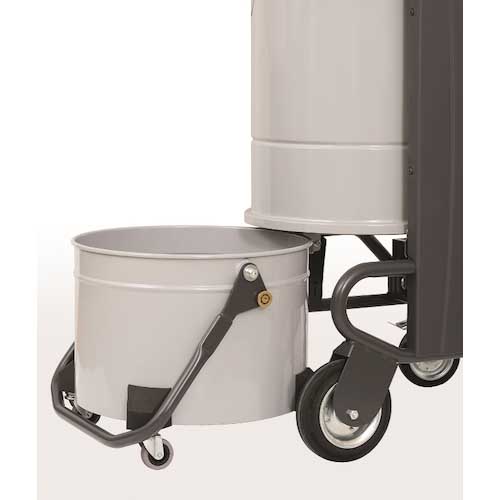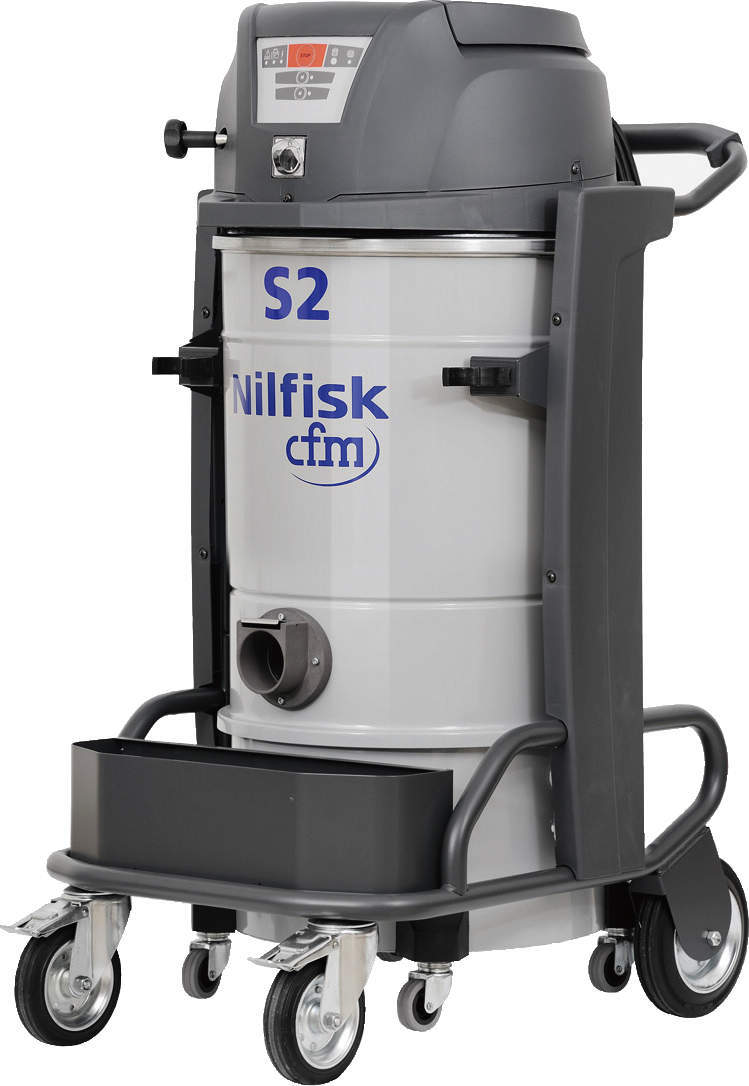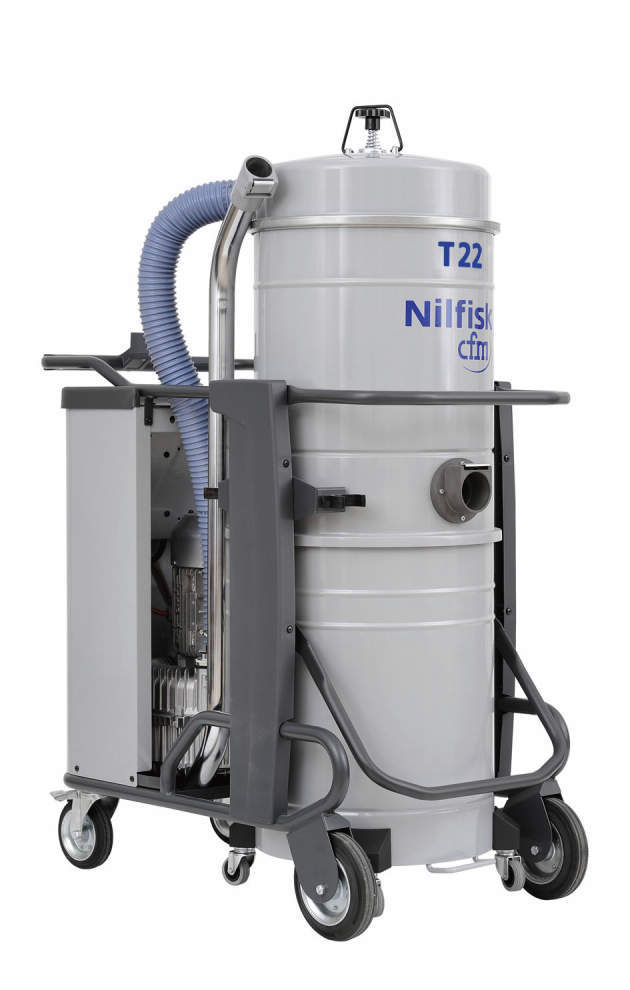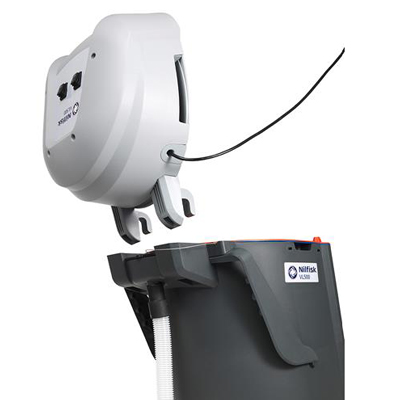Nilfisk/ニルフィスク 【代引不可】ウェット&ドライ多目的工業用掃除機 S2 L40LC100V
(税込) 送料込み
商品の説明
商品情報
【組立・輸送等の都合で納期に3週間以上かかります】S2L40LC100V 【直送品/車上渡し/個人宅配送不可/北海道・沖縄県・離島には配送できません】
180990円Nilfisk/ニルフィスク 【代引不可】ウェット&ドライ多目的工業用掃除機 S2 L40LC100Vキッチン、日用品、文具掃除用具業務用ウェット&ドライ真空掃除機 (乾湿両用)ニルフィスク ウェット&ドライ多目的工業用掃除機 S2L40LC100V [S2 L40LC100V][r22][s9-039]
ニルフィスク 業務用 100V 乾湿両用掃除機 VL500-35L(107408813)ドライandウェットバキュームクリーナー 真空掃除機 真空機≪代引き不可・メーカー直送≫ | 高圧洗浄機専門店 ヒダカ
ニルフィスク 産業用バキュームクリーナー S2 L40LC100Vの通販|現場市場
楽天市場】【即納】【送料無料】ニルフィスク 業務用 アスベスト(石綿
業務用ウェット&ドライ真空掃除機 (乾湿両用) ニルフィスク 乾湿両用掃除機 【通販モノタロウ】
ニルフィスクアドバンス ニルフィスク 産業用バキュームクリーナー S2
ニルフィスク ウェット&ドライ多目的工業用掃除機 S2L40LC100V [S2 L40LC100V][r22][s9-039]
Amazon | Nilfisk(ニルフィスク) 乾湿両用バキュームクリーナー 単相
ニルフィスク 総合カタログ 2021
即納 ニルフィスク 業務用 アスベスト 石綿対応 ドライバキュームクリーナー GD930 S2 HEPA 905 5343 020 レビュー特典有
業務用ウェット&ドライ真空掃除機 (乾湿両用)
産業用バキュームクリーナー|S2/S3シリーズ | ニルフィスク | 製品
☆中古品☆Nilfisk ニルフィスク 100V ドライバキュームクリーナー GD930 S2 乾式 業務用 掃除機 集塵機 集じん機 74765 | フリマアプリ ラクマ
☆中古品☆Nilfisk ニルフィスク 100V ドライバキュームクリーナー GD930 S2 乾式 業務用 掃除機 集塵機 集じん機 74765
ニルフィスク 背負い式掃除機 GD5 BACK 9060604010 ニルフィスク 清掃
楽天市場】ニルフィスク 業務用 100V 乾湿両用掃除機 VL500-35L
産業用バキュームクリーナー|Tシリーズ(T22・T40W・T63
ニルフィスク 産業用バキュームクリーナー S2 L40LC100Vの通販|現場市場
業務用ウェット&ドライ真空掃除機 (乾湿両用)
☆中古品☆Nilfisk ニルフィスク 100V ドライバキュームクリーナー GD930 S2 乾式 業務用 掃除機 集塵機 集じん機 74765
ニルフィスク ウェット&ドライ多目的工業用掃除機 S2L40LC100V [S2 L40LC100V][r22][s9-039]
ニルフィスク 総合カタログ 2021
ニルフィスク クリーンルーム用バキュームクリーナー GM80シリーズ
Nilfisk(ニルフィスク) 乾湿両用バキュームクリーナー 単相100V AERO 21-01
ニルフィスク 産業用バキュームクリーナー S2 L40LC100Vの通販|現場市場
楽天市場】ニルフィスク 業務用 100V 乾湿両用掃除機 VL500-35L
ニルフィスク ウェット&ドライ多目的工業用掃除機 S2L40LC100V [S2 L40LC100V][r22][s9-039]
ニルフィスク クリーナー】製造現場での粉じんもサヨナラ!ちりも
☆中古品☆Nilfisk ニルフィスク 100V ドライバキュームクリーナー GD930 S2 乾式 業務用 掃除機 集塵機 集じん機 74765
Nilfisk(ニルフィスク) 乾湿両用バキュームクリーナー 単相100V AERO 21-01
業務用ウェット&ドライ真空掃除機 (乾湿両用)
楽天市場】ニルフィスク 業務用 100V 乾湿両用掃除機 VL500-35L
ニルフィスクアドバンス(Nilfisk)の掃除機 比較 2024年人気売れ筋
ニルフィスク 産業用ウェット&ドライ掃除機(乾湿両用) S2 L40LC100V
☆中古品☆Nilfisk ニルフィスク 100V ドライバキュームクリーナー GD930 S2 乾式 業務用 掃除機 集塵機 集じん機 74765
業務用バキュームクリーナー|GM80P HEPA/ULPA | ニルフィスク | 製品
ニルフィスク 産業用バキュームクリーナー S2 L40LC100Vの通販|現場市場
Amazon | Nilfisk(ニルフィスク) 乾湿両用バキュームクリーナー 単相
GD930 S2 HEPA ニルフィスク 業務用 真空 掃除機 集塵機 nilfisk
司化成工業/TSUKASA エアー緩衝材製造機 クッションハチ CUSHIONHATTY
商品の情報
メルカリ安心への取り組み
お金は事務局に支払われ、評価後に振り込まれます
出品者
スピード発送
この出品者は平均24時間以内に発送しています





![ニルフィスク ウェット&ドライ多目的工業用掃除機 S2L40LC100V [S2 L40LC100V][r22][s9-039]](https://shopping.c.yimg.jp/lib/minatodenki/attn-truck.gif)











![ニルフィスク ウェット&ドライ多目的工業用掃除機 S2L40LC100V [S2 L40LC100V][r22][s9-039]](https://shopping.c.yimg.jp/lib/minatodenki/shipping_estimate.gif)




![ニルフィスク ウェット&ドライ多目的工業用掃除機 S2L40LC100V [S2 L40LC100V][r22][s9-039]](https://shopping.c.yimg.jp/lib/minatodenki/route-direct.gif)













